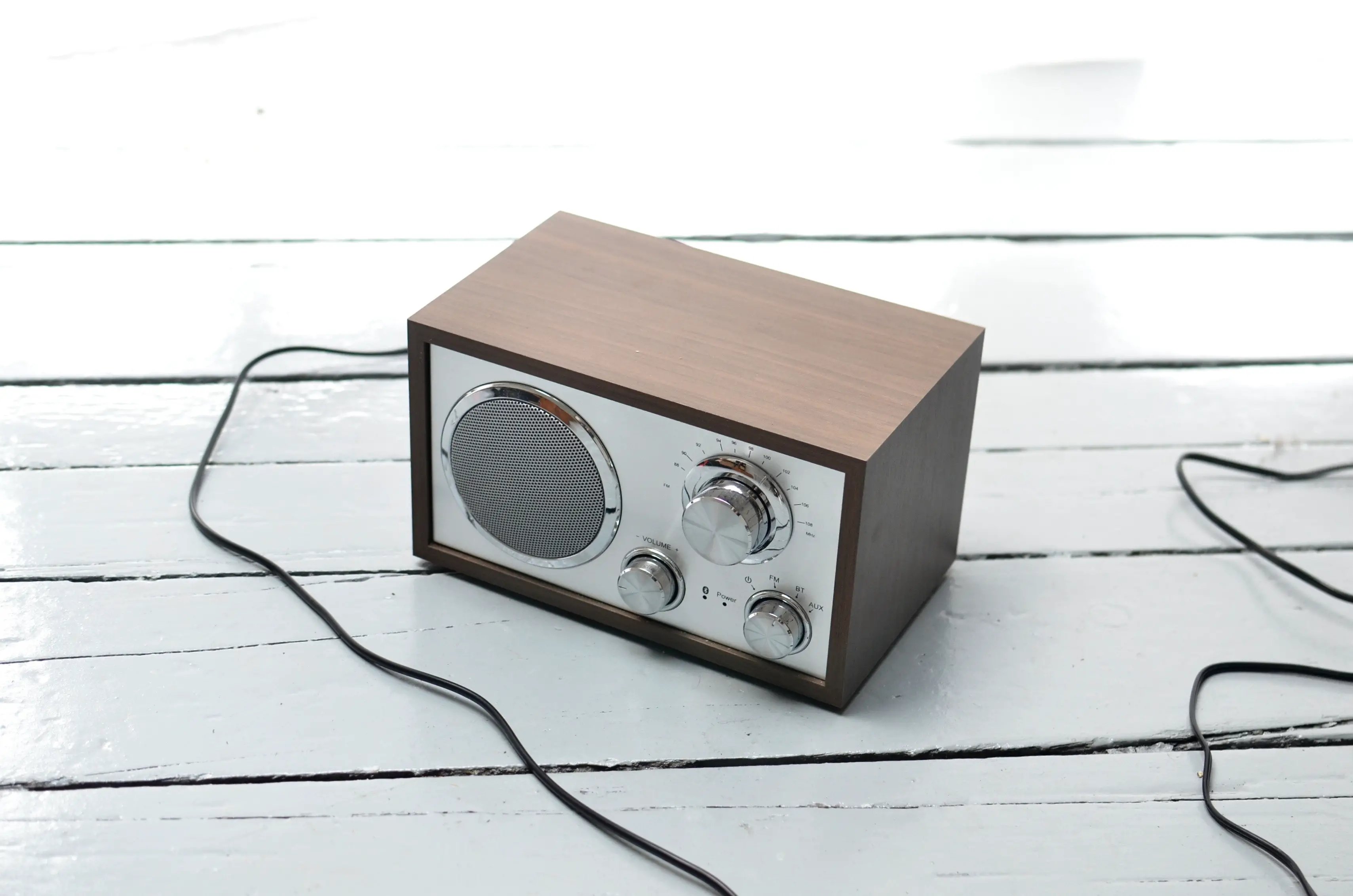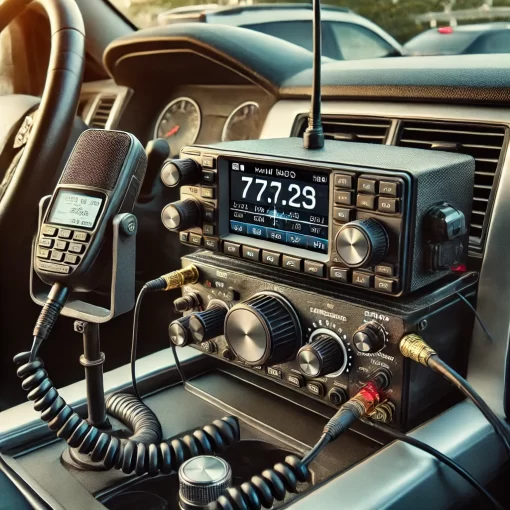Ham radio is very public. If you broadcast over ham radio, then you can expect all of your communications to have somebody listening in. It doesn’t necessarily mean that somebody will be listening in, but the expectation is there. It is no wonder some people want to encrypt their communications over ham radio.
However, before we go any further, we do want to point out that, in most countries, it is illegal to encrypt your communications over an amateur radio system. In the US, the FCC will remove your license if you are encrypting any communication over ham radio. Now, in practice, the FCC probably hasn’t removed a license for doing this in a while. However, the possibility is there. So, go into ham radio encryption knowing that you could lose your license.
On this page, we are going to give a few methods that are likely legal when it comes to encrypting ham radio. However, this will be dependent on the country that you live in. For example, France has ruled the second method 100% illegal.
Code Your Message
If you plan on sharing sensitive information over ham radio, then don’t. There are other voice communication methods that are encrypted. Use those. However, if you have absolutely no choice in communicating over ham, then you can code your message. This is what people did back in the old days, long before encryption was a proper reality.
Of course, this isn’t true encryption. However, it is the absolute best method to prevent your messages not being intercepted while also following the law. You won’t lose your license for doing any of this.
Keep Your Messages Brief
Absolutely every single message that you share over ham radio should be kept nice and brief. Don’t use more words than you need to. It makes your message less interesting and reduces the number of people listening in.
Speak In Coded Words
If you are planning on communicating with somebody you know, then come up with code words that you can use to have discussions over sensitive topics. Try to ‘encrypt’ your message in a way that anybody not in the code won’t have a clue what is going on.
Use Morse Code
Yep. We are back to the absolute basics with this one. Nobody knows morse code anymore. So, if you can learn to communicate via morse code to people, then your messages over ham radio are going to be as good as encrypted. The vast majority of people listening in won’t have a clue what is going on.
D-STAR
Technically, D-STAR falls on the cusp of being illegal. Some countries have ruled D-STAR to be illegal, while others are perfectly fine with it.
If you are interested in ham radio, then we are positive that you will have heard of D-STAR. It is a method for digitally transmitting voice over ham radio and other amateur radio bands.
The reason why we say D-STAR is encrypted is that it is digital radio communication. Anybody with an analog radio without D-STAR equipped will not be able to listen in on the communications. Now, obviously, there is still the risk that somebody is going to listen in on a D-STAR broadcast, but because you are cutting out all of the analog radio listeners, the chances of this are much lower.
To use D-STAR, you will either need a ham radio that comes with D-STAR equipped, You will also need an internet connection to get the most out of the tech, but this isn’t 100% necessary. What is necessary is that you set the frequency to a D-STAR repeater in your local area.
As we said, you may be teetering on the edge of breaking the law with D-STAR, but at the moment the FCC isn’t all that bothered (this is something that could absolutely change!) and you will likely be able to use it. It is the closest that you are going to get to encryption without breaking the law.
Real Encryption
These are the methods that are 100% illegal. If you are caught using them, then you could lose your amateur radio license. Use at your own peril. We are including them here for the sake of completion, and, once again, we encourage you not to use any of these methods. People have lost their licenses because of it.
Do bear in mind that for real encryption, both the sender and the intended receiver of the message will need an encryption key. This key must be the same, otherwise, the system doesn’t work. How this is accomplished will vary based on the method of encryption used.
You will need to find a scrambler (or a pair of scramblers) that uses these encryption methods. However, they can be tricky to find due to the ham radio encryption being illegal. This means that you will need to hunt around and look at scramblers. The exact method you use to encrypt ham radio shouldn’t matter. As long as the sender and receiver of the message have the encryption code, nobody will be able to listen in on the message.
Simple Encryption
This is the most basic form of encryption over ham radio.
When simple encryption is used, the volume of the voice and the frequency transmitted on will be inverted. The messages can be heard by others, but the message is going to be virtually indecipherable. Some people have likened the transmitted message to ‘sounding like Donald Duck’.
If you want simple encryption, then you will need to use a scrambler such as the ICOM UT-109.
Hopping Inversion
Hopping inversion is much more secure than simple encryption, and many commercial radios on the market use this tech.
With hopping inversion, a voice message is not just sent out over a single frequency. Instead, the voice message will bounce about several different frequencies, and it will be inverted at the same time.
Of course, the intended recipient will be able to keep tabs on the changing frequencies and inversions. However, a standard amateur radio user won’t be able to do so. The message will just come through completely random, and they may catch an indecipherable word or two.
Rolling Code Inversion
A rolling code scrambler (such as the ICOM UT-110) is also incredibly secure.
With a rolling code inversion, the transmitted signal is constantly inverted up and down. This means that barely a word could be u8nderstand unless somebody has the required decryption code.
Many police and emergency services use rolling code inversion, at least on the channels that are supposed to be kept private.
Other than this, there aren’t really many ‘easy to access’ methods for encrypting ham radio. There is no demand for the tech because of its illegality. If you want to encrypt transmissions, then you should be using other methods.
Conclusion
It is tough to answer ‘how to encrypt ham radio?”, because technically you shouldn’t be doing it. It is illegal. While there are some methods that you can use e.g. using voice scramblers, or D-STAR, you may end up falling foul of the law. This could result in the loss of your amateur radio license.





